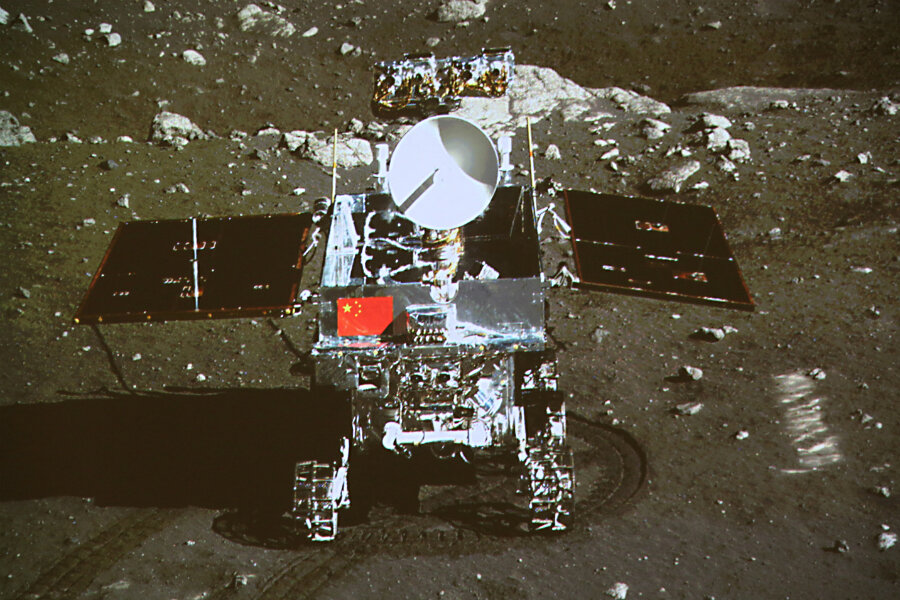China unveils plan to land on mysterious far side of the moon
The Chinese National Space Administration (CNSA) has unveiled its early plans for landing a spacecraft on the far side of the Moon. If all goes according to plan, China would be first country to go there.
In a paper submitted to the United Nations Office for Outer Space Affairs, China said that the unmanned lander and rover, currently named Chang’e-4, will launch in 2018 or 2019. The lander could lay the groundwork for an eventual lunar base.
Key objectives include performing the "first soft landing on the lunar far side in human history"; demonstrating technologies of lunar data relay, landing, and roving on complicated terrains of the lunar far side; and lunar night power generation.
The far side of the moon cannot be seen from Earth, due to a phenomenon known as tidal locking. Orbiters, of course, have mapped it in detail, but for most of human history, it was a total mystery.
The Soviet Luna 3 mission was the first to photograph the far side in 1959, and astronauts on the Apollo 8 mission were the first humans to see it with their own eyes.
China has already launched three lunar missions, two lunar orbiters and a lunar rover. In December 2013, its Chang’e 3 was the first spacecraft to soft-land on the Moon since 1976, making China only the third nation after the United States and Russia to land on the surface of the moon.
Japan and India are casting their eyes upward as well, in what has been dubbed an Asian space race. Earlier this year, Japan Aerospace Exploration Agency (JAXA) announced plans to put an unmanned rover on the surface of the moon by 2018. And India has already successfully sent a spacecraft into Mars orbit.
China has invited the European Space Agency to partner in this coming lunar mission, and says it hopes to join the International Space Station team. China cannot currently participate in ISS programs because it was barred in 2011, when the US Congress passed a law prohibiting official American contact with the Chinese space agency due to concerns about national security, reports Time.com.
The 2011 law draws a sort of ex post facto justification from a study that was released in 2012 by the US-China Economic and Security Review Commission, warning that China’s policymakers “view space power as one aspect of a broad international competition in comprehensive national strength and science and technology.” More darkly, there is the 2015 report prepared by the University of California, San Diego’s Institute on Global Conflict and Cooperation, ominously titled “China Dream, Space Dream“, which concludes: “China’s efforts to use its space program to transform itself into a military, economic, and technological power may come at the expense of US leadership and has serious implications for US interests.”
China's intention to build a lunar base on the remote side of the moon was first reported in May, according to gbtimes.com, and Chang'e-4 will work towards that, performing key experiments using lunar resources as well as observing the universe without interference from Earth.
Some have speculated that China’s latest real goal is to dominate the moon’s resources, particularly water and helium-3 – a clean-burning fuel that could potentially offer an alternative to nuclear power.
While NASA has considered sending spacecraft to the moon’s far side, so far it has no plans to do so.






